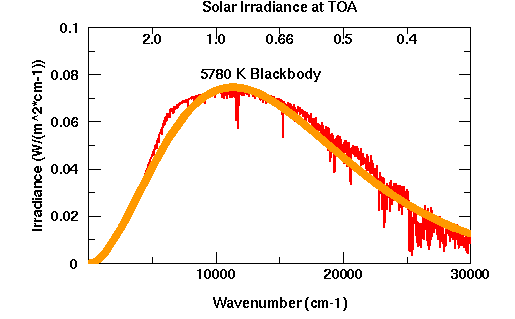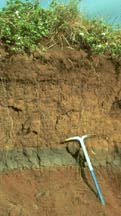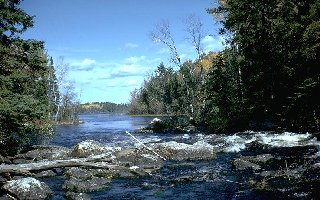
|
The red line gives the best post-1992 Solar spectum
estimate, and the yellow line shows the spectrum of
a blackbody having temperature 5780 degrees Kelvin,
which is the temperature needed to give the same
total power, given by the integral over the spectrum,
also known as the solar constant, which here
is about 1370 W/m2. [Various measurements of
the solar constant give values between 1365 and 1372.
It is also not constant in time, but varies over the ~30-day
solar rotation period, with an amplitude of about 4 W/m2,
or about 0.3 percent, during the maxima of the
11-year solar sunspot cycle, and much less during sunspot minima.]
|



 Copyright 1999
Northern Arizona University
Copyright 1999
Northern Arizona University